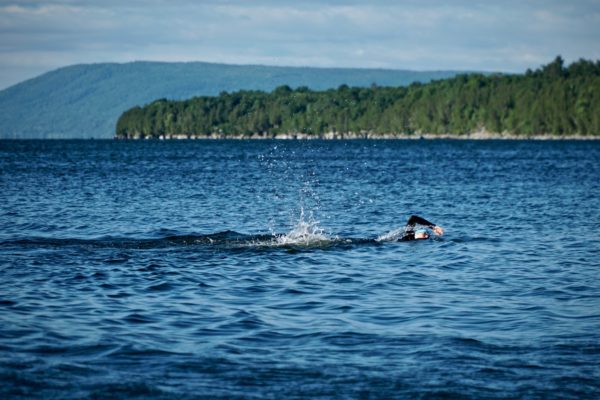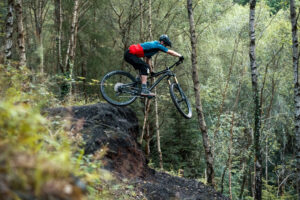Train like a Norwegian

Bergen is a city in Norway with a population similar to that of Southampton. It’s not a big place and it’s hardly the perfect location for triathlon training. Yet, this city produced the first single country clean sweep of a WTS podium, the best middle distance triathlete in 2019, 2020 and 2021 and the Olympic gold medallist for triathlon in Tokyo 2021. Outside of triathlon Norwegian athletes are taking on the world in athletics as well as having top representation in the World Tour. They have a proud history in cross country skiing with more Olympic golds at the winter games than any other nation and this will surely be added to at the upcoming games. But how is this happening? Is there something in the water? It all starts with Steven Seiler and world class sports science observations.
Steven Seiler is a sports scientist from Texas based in Norway and is a proponent of the polarised training model. He coined the term originally and tells stories of top class runners walking up hills to keep their intensity under control on their easy days. The other factor at play is strict intensity control during hard sessions, lactate measurements are extremely common amongst top Norwegian athletes. There’s two underlying themes here that are key takeaways.
High overall training volume
Tight intensity control during all sessions
Many top Norwegian athletes release their training data and these two common themes are evident. Lots of time spent at threshold and high overall training volumes. The second of these observations is the more important one. If you want to train like a Norwegian then train a lot. Long periods of high volume training with intensity, tightly controlled, sprinkled in to make up between 10 and 20 percent of overall volume. It’s a very simple approach but it’s sustainable and when stacked up over a number of years it produces highly effective athletes.
Practically, there are a number of considerations to take into account when wishing to train like a Norwegian athlete might. For a cyclist it’s simple – how much time can I sustainably devote to cycling? Many amateur cyclists devote around 10-12 hours per week on the bike which is enough to see considerable gains – especially when a consistent training structure is able to be followed.
Let’s assume for simplicity that we have 10 weeks to train from now until our first race, with 10 hours a week to spend on the bike each week. That’s 100 hours on the bike between now and race day – what can we do in that time? Let’s pick Tuesday to be a hard day and the weekend for long rides. That leaves us with the following time table…
Training plan example week:
Monday – Rest
Tuesday – 90 minutes with intervals
Wednesday – 90 minutes zone 2
Thursday – 1 hour easy
Friday – Rest
Saturday – 3 hours zone 2
Sunday – 3 hours zone 2
The intervals would include something along the lines of tempo early season, moving onto threshold then VO2 or HIIT sessions as the main race approaches. During the race season we would replace our intervals with a race and continue the cycle. During this training week you’re most likely to feel fatigued on Mondays and Fridays as that’s the highest acute training volume but, if you keep the zone 1 and zone 2 riding under control and do your interval sessions at the correct intensity it should be manageable. This means using an accurate threshold value to set your hard sessions and keeping your aerobic sessions under 70% of maximum heart rate. One of the keys to doing this effectively is not bringing your ego onto the bike with you – a problem men struggle with more, generally speaking. You should also be paying special attention to early nights on Thursdays and Fridays. We can reduce fatigue from utilisation of the oldest performance enhancing drug out there – sleep!
Training like a Norwegian is a simple concept, yet extremely effective. Train a lot and train sustainably. With a structure like this you should be able to do it week in week out, without taking massive reductions in volume for rest weeks. This chronic training load over months and years will lead to physiological adaptations which will allow you to ride harder for longer and, just maybe, will help you accumulate enough points to sneak out of 4th cat!
Yellow Jersey will have you covered with bicycle insurance when you’re out training like a Norwegian, click here for more information.







